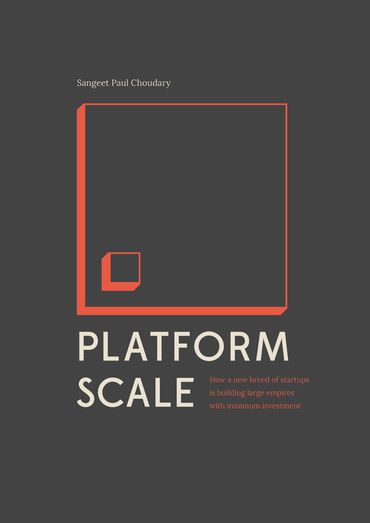Secrecy and Publicity in Votes and Debates
Most of us can remember the withdrawal of antiinflamatory drug Vioxx in 2004. And some of us still wonder about the FDA responsibility and its experts committees on that sad affair.
Criticism reached a peak in February 2005 following the work of a committee set up to determine whether or not two of Pfizer’s anti-inflammation medicines, CelebrexR and BextraR , should remain on the market and whether Merck’s anti-inflammation drug VioxxR could be approved again for marketing. The vote – a close one, slightly in favor of the highly controversial BextraR and VioxxR – surprised the informed public and raised suspicions, leading The New York Times to commission a study on committee members’ financial ties. It turned out that ten members (out of thirty-two) had financial ties with one or more drug companies, most with Pfizer (Harris and Berenson 2005; CSPI 2005). As the critics saw it, this was a sign that advisory committees themselves, like FDA’s top management before them, had come under the influence of the drug industry.After that, the FDA changed its rules for voting to simultaneous and visual methods rather than oral. This option avoids the anchoring effect of first voters. But secret voting was never contemplated.
This is exactly the issue that is addressed in a chapter of the book Secrecy and Publicity in Votes and Debates and now that everybody backs transparency, it's a good moment to stop and read this chapter at least.
So although public voting may be preferred because it allows external actors to monitor expert behavior, secret voting may appear desirable as a means of preventing conformism among experts. Thus, the value of the voting method may depend on of the audience considered: other voters or external actors. There is, however, one procedure that reconciles the benefits of publicity and secrecy, and that is to vote secretly but reveal who voted how after the vote count has been recorded. This method, used in Dominican monasteries in the thirteenth century in a process called the scrutinium (Gaudemet 1979, p. 326) and recommended by Bentham (1999, p. 106), may be termed, following Jon Elster (2013), “secret-public voting.”
The FDA 2007 reform replaced public voting with secret-public voting, but it also replaced oral voting, which left ample opportunity for individual members to expressThese statements prompt many questions about how our close advisory committees are taking decisions. I don' know any detail about it. And details are important, specially if there are lives at stake.
themselves, with “manual” followed by digital voting, which precludes all such expression.

